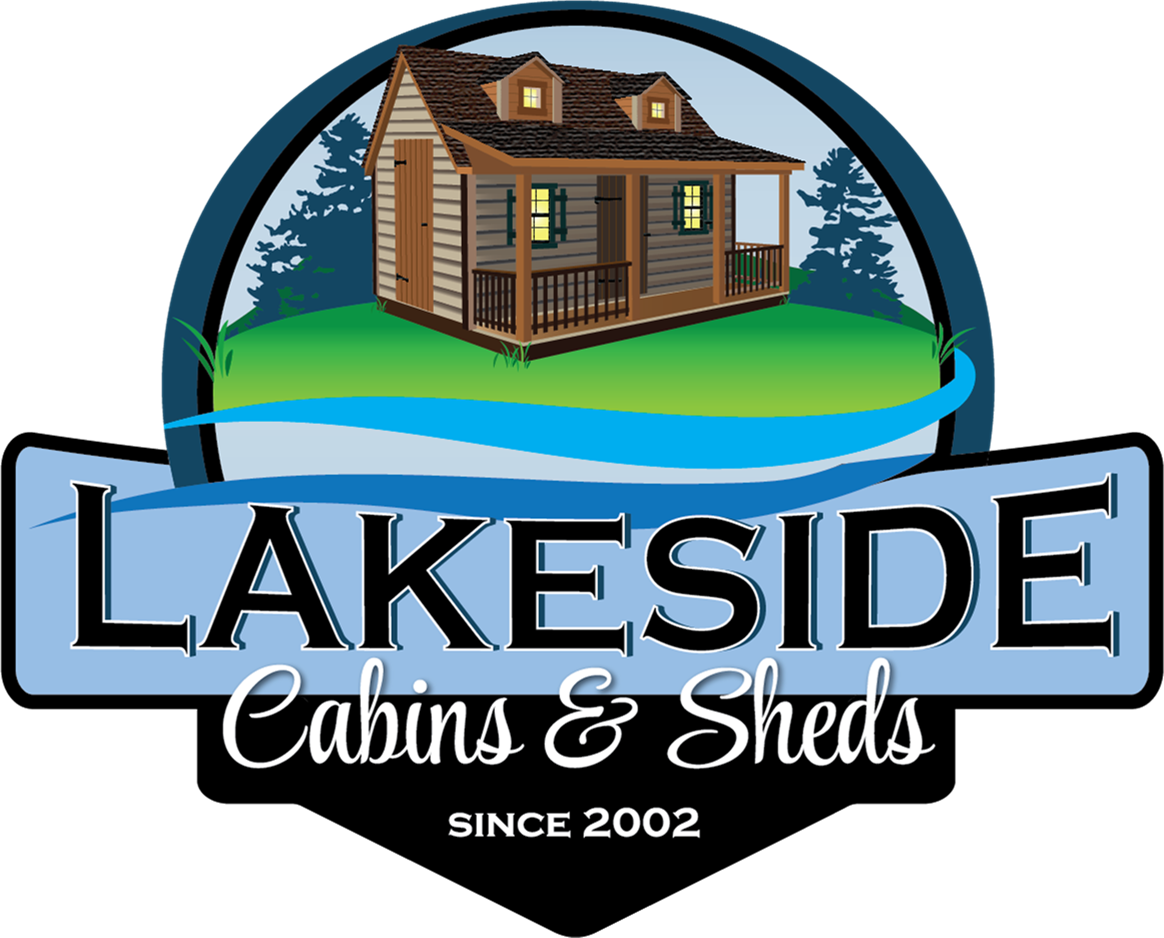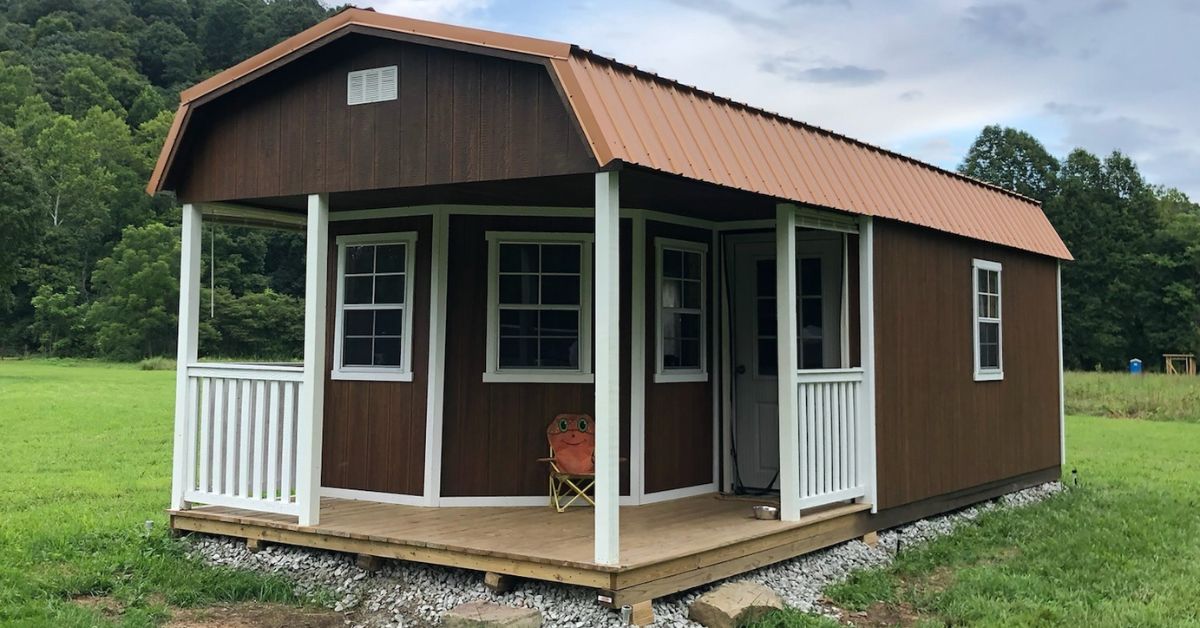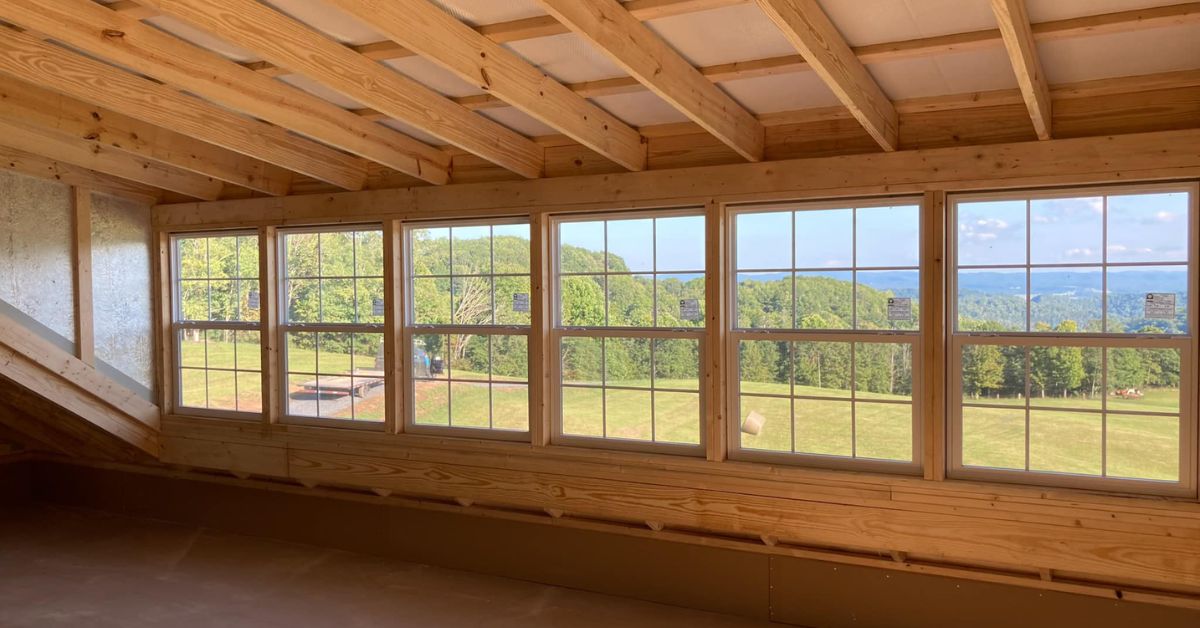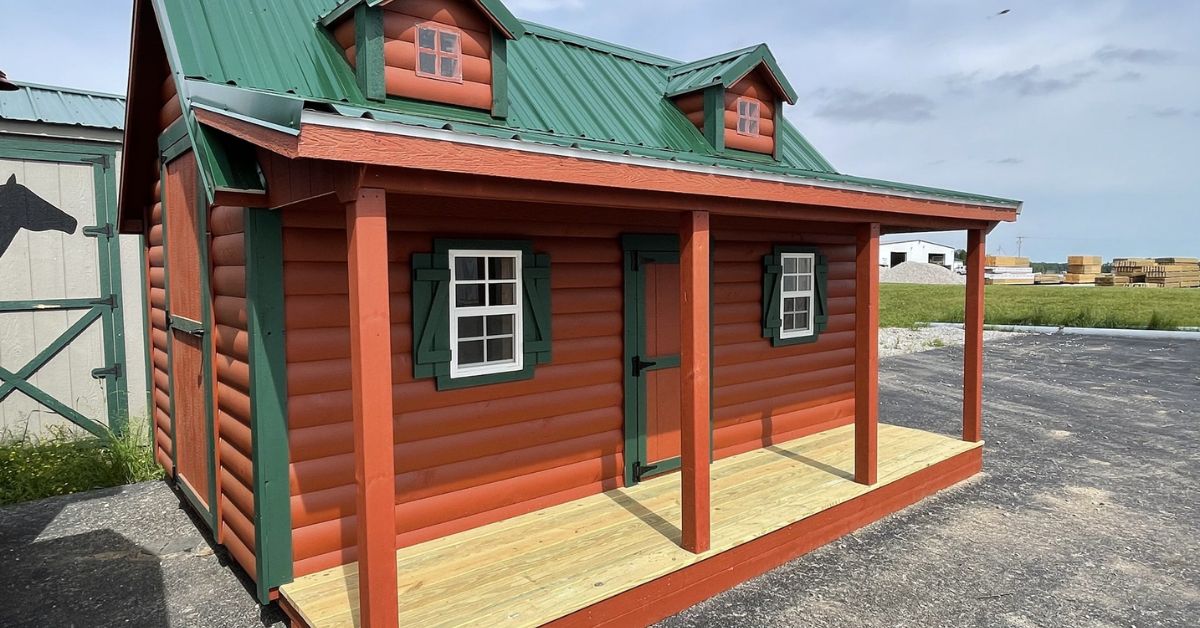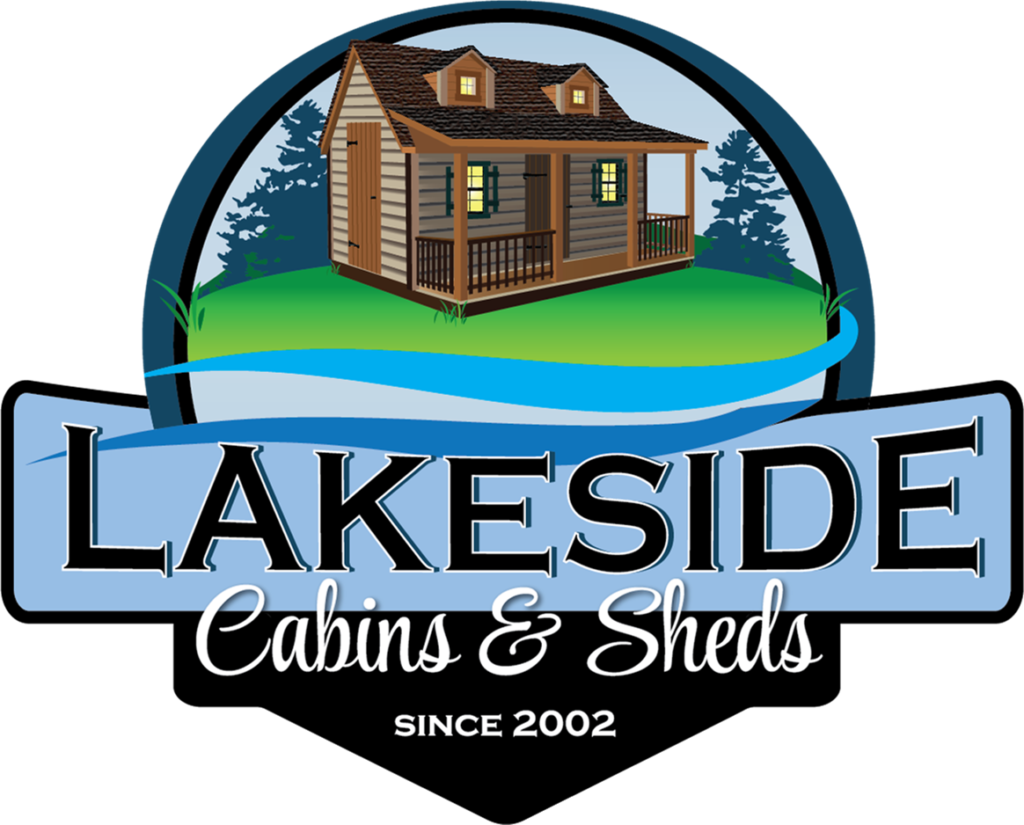For anyone seeking to simplify their life, make a wise investment, or adopt a more sustainable lifestyle, tiny homes and mobile homes are compelling options worth serious consideration. These structures offer unique opportunities for minimalist living, adaptability, and affordability. However, choosing the right fit depends on your lifestyle, priorities, and long-term plans.
Here, we’ll break down the major differences, focusing on everything from construction and costs to environmental impact. By the end, you’ll be better equipped to decide if tiny or mobile homes better suit your vision.
Defining Tiny Homes
Tiny homes are small, fixed residences that range from 100 to 600 square feet. These homes are typically placed on a foundation, helping make them more secure, but this isn’t necessarily required. Constructed with high-quality materials and a focus on efficient, creative design, tiny homes emphasize space optimization without sacrificing modern comforts.
Tiny homes are more than just a living arrangement; they represent a lifestyle rooted in simplicity and intentional living. By downsizing, homeowners often discover the freedom to own less while investing in higher-quality, more meaningful spaces. For many, tiny homes symbolize financial minimalism, energy efficiency, and environmental consciousness.
Owners can either build their own tiny home from scratch or buy a prefabricated one built with durable materials and craftsmanship tailored to their needs. Prefabricated tiny homes crafted by Amish builders are known for their unparalleled commitment to quality and customization, offering a house that stands as a testament to skill and tradition.
Defining Mobile Homes
Mobile homes, also called manufactured homes, are factory-built residences typically constructed on a chassis, which allows them to be transported to a new location when needed. These homes are usually a bit larger than tiny homes, ranging between 500 to 2,000 square feet, and are often delivered fully assembled or in large sections.
Mobile homes are designed with adaptability in mind, offering the option to relocate, though they are often installed semi-permanently on rented or purchased lots in mobile home parks. They cater to individuals seeking a cost-effective housing solution without committing to traditional property ownership or larger homes.
Although modern mobile homes have made significant advancements in style and energy efficiency, they still follow standardized construction processes. That means even though these homes deliver many conveniences, their focus is often less on customization and more on affordability for a broad audience.

Cost Comparison
Tiny homes generally have a higher purchase price per square foot than mobile homes due to their premium materials and customizable features. Buyers should expect their investment in these houses to reflect the durability and craftsmanship put into designing a permanent, functional space. On the other hand, mobile homes are typically cheaper upfront due to more standardized construction and mass production.
Both homes require land for placement, which can be an additional cost if you don’t already own property. You could rent the land where you place your new home to save some upfront costs, but this isn’t as common for tiny homes as it is for mobile homes.
Of course, you can’t forget to take recurring expenses into account. Since they’re designed to minimize resource consumption, tiny homes offer energy efficiency and lower utility bills. Mobile homes, while initially having a lower cost, may come with more additional expenses such as lot fees, higher utility bills due to larger sizes, and increased maintenance needs over time.
Mobility and Location
If you’ve envisioned a home you can take anywhere, mobile homes may seem like the perfect solution. Their chassis-mounted construction allows for transportability, provided you abide by local regulations. However, moving a mobile home isn’t always affordable or straightforward due to permits and setup requirements.
However, it’s usually easier to move a mobile home than a tiny home. That’s because tiny homes are more rooted in permanence. Most people who go this route don’t mind, though, as these buildings can be located on privately owned land or in rural areas, giving homeowners the opportunity to live closer to nature or in quieter settings. Still, you must be aware of zoning laws, as not every region allows small structures on standard plots of land.
Environmental Impact
Tiny homes lead the way as environmentally conscious living options. With smaller footprints and efficient layouts, these homes often use fewer materials during construction, creating less waste. They’re also designed to conserve energy, utilizing options such as solar panels, composting toilets, and high-grade insulation.
Mobile homes have also made strides in eco-friendliness, with newer models offering better energy ratings. However, their mass production can sometimes lead to more waste during manufacturing, and they require larger amounts of energy to heat and cool due to their size. If sustainability is high on your priority list, tiny homes tend to offer greener living solutions.

Lifestyle Considerations
Living in a tiny home is ideal for those who value simplicity, organization, and minimal material possessions. The challenges, however, lie in the initial adjustment to these limited spaces. Storage and privacy might become a concern, especially for families or those who enjoy hosting guests. That said, the customizable nature of tiny homes allows for intelligent designs that maximize comfort, making even the smallest layouts feel spacious.
On the other hand, mobile homes provide more space, catering to people who desire a balance between affordability and comfort. They typically offer more room for families, but they can lack the tailored design and high-quality builds of tiny homes. Additionally, mobile home living often includes proximity to neighbors, which may appeal to some but deter others.
Which Is the Best Option?
As you can see, both tiny homes and mobile homes have their pros and cons. That means it’s entirely up to you to determine which one is best. You’ll need to assess your individual needs to determine which is the better fit.
If affordability and a larger space are your top priorities, mobile homes may be the solution. They’re accessible to a wide range of budgets and can serve as practical options for those needing flexibility.
However, tiny homes shine for those whose ultimate goal is to own a high-quality, durable home designed for efficiency and longevity. Their smaller size doesn’t translate to compromises; instead, it opens the door to elegant, thoughtfully crafted living spaces that align with values of sustainability and simplicity. With the option to place these homes just about anywhere, they’ll also provide you with a unique sense of freedom.
For those ready to take the leap into tiny home living, structures built by Amish artisans offer an unmatched blend of craftsmanship and heart, ensuring your investment creates both shelter and a legacy. Lakeside Homes & Sheds has a wide variety of prefabricated tiny homes with customization options to align perfectly with your needs. Contact us today to discuss how our tiny homes can transform your lifestyle.
